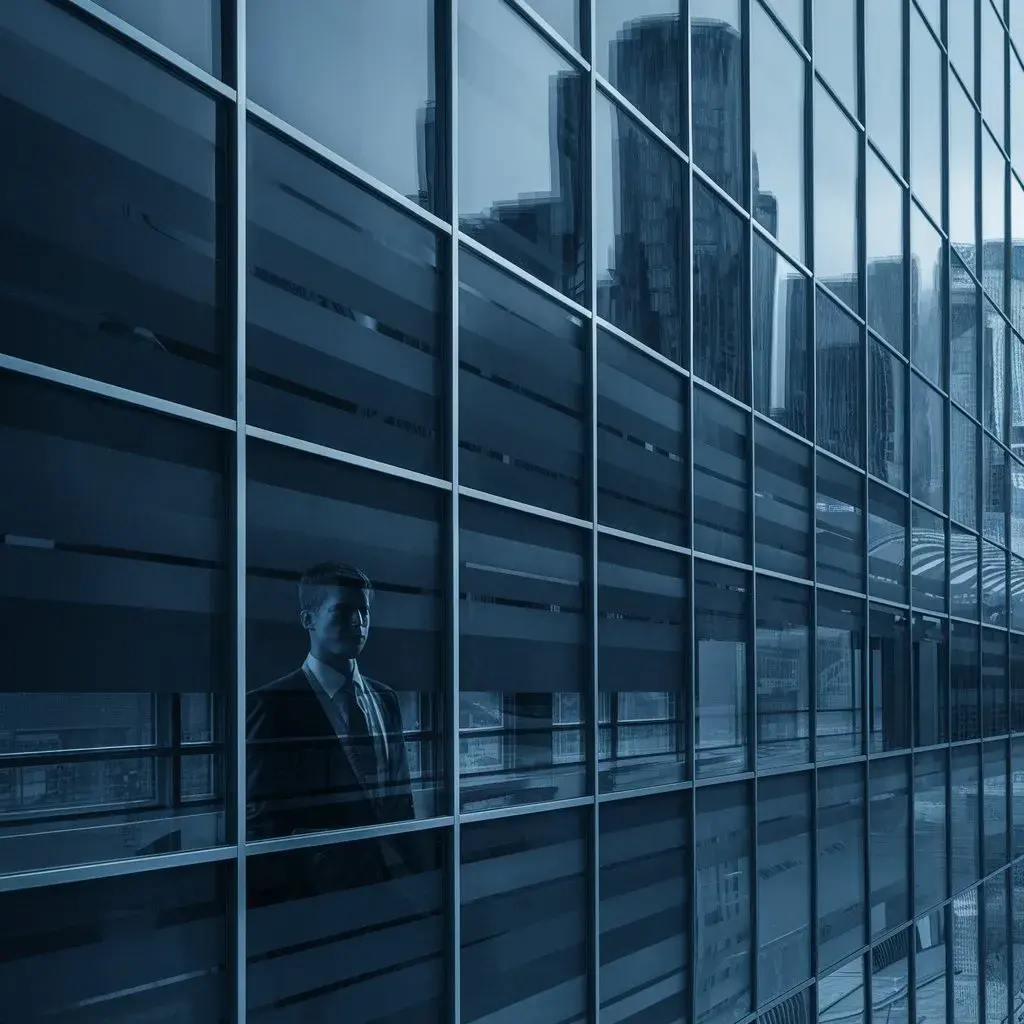
In the realm of workplace safety and efficiency, anti-shatter films represent an essential advancement in glass technology, particularly when integrated into commercial tinting solutions. These films, typically manufactured from durable polyethylene terephthalate, are engineered to reinforce glass panes, significantly mitigating the risk of shattering upon impact. This characteristic not only ensures the physical safety of employees by preventing injuries from glass shards but also serves to safeguard critical workplace equipment. Moreover, the UV filtering capability of these films preserves both the integrity of the glass and the quality of the interior space. Such features provoke a pertinent discussion on the broader implications of these films on operational continuity and security protocols in various industries. What remains to be discussed is the extent of their efficacy in diverse environmental conditions and their adaptability to different architectural styles.
Benefits of Anti-Shatter Films in Commercial Tinting
Anti-shatter films significantly enhance the safety and longevity of glass installations by providing resistance to breakage and containing shards upon impact. These films are typically made from polyethylene terephthalate (PET), a type of polyester that adheres smoothly to the glass surface, forming a protective barrier. This barrier not only strengthens the glass but also helps to hold the fragments together should the glass break, thereby mitigating the risks associated with flying glass shards.
The application of anti-shatter films extends beyond mere safety; it also offers ultraviolet (UV) ray protection, filtering out up to 99% of UV radiation. This feature significantly reduces the fading of fabrics, furnishings, and artworks that are often caused by prolonged exposure to sunlight.
Moreover, the thermal insulation properties of these films can enhance energy efficiency by reducing heat gain during summer months and retaining warmth during colder periods, contributing to lower energy costs and a more consistent indoor temperature.
For organizations, incorporating these films fosters a sense of security and care among employees and clients, reinforcing the community’s commitment to safety and sustainability. This enhancement of the working environment not only boosts morale but also aligns with corporate responsibility goals, making it an invaluable addition to any facility.
Implementing Glass Safety Solutions
Implementing glass safety solutions involves a strategic integration of anti-shatter films to enhance the resilience and security of glass installations in various settings. These films are crucial for mitigating risks associated with glass breakage, thereby ensuring a safer environment for occupants. The process of implementing these films should be systematic and detail-oriented, focusing on both the technical and human aspects of safety.
Here are key steps to effectively implement glass safety solutions:
- Assessment of Needs: Evaluate the specific requirements of your facility. This includes identifying critical areas where glass breakage could pose significant risks, such as entry points, ground-level windows, and high-traffic zones.
- Selection of Film: Choose the right type of anti-shatter film based on the assessed needs. Factors to consider include the thickness of the film, level of tint, and UV resistance properties, which can vary depending on the manufacturer and product specifications.
- Professional Installation: Engage qualified professionals to install the anti-shatter films. Proper installation is essential to ensure that the film performs effectively and lasts for its intended lifespan without peeling or bubbling.
- Regular Maintenance and Inspections: Establish a routine to inspect and maintain the films. This helps in identifying any wear and tear or required upgrades, ensuring that the safety measures remain robust and effective.
In conclusion, the integration of anti-shatter films represents a paramount advancement in architectural safety and efficiency.
Envision a fortress, not of stone, but of reinforced glass, safeguarding the inhabitants within while warding off the invisible onslaught of UV rays and thermal inconsistencies.
These films, when utilized in commercial tinting, not only fortify glass against breakage but also weave a protective veil that curtails energy expenditures and shields against environmental aggressors, thereby cementing their role as indispensable protectors in modern building management.